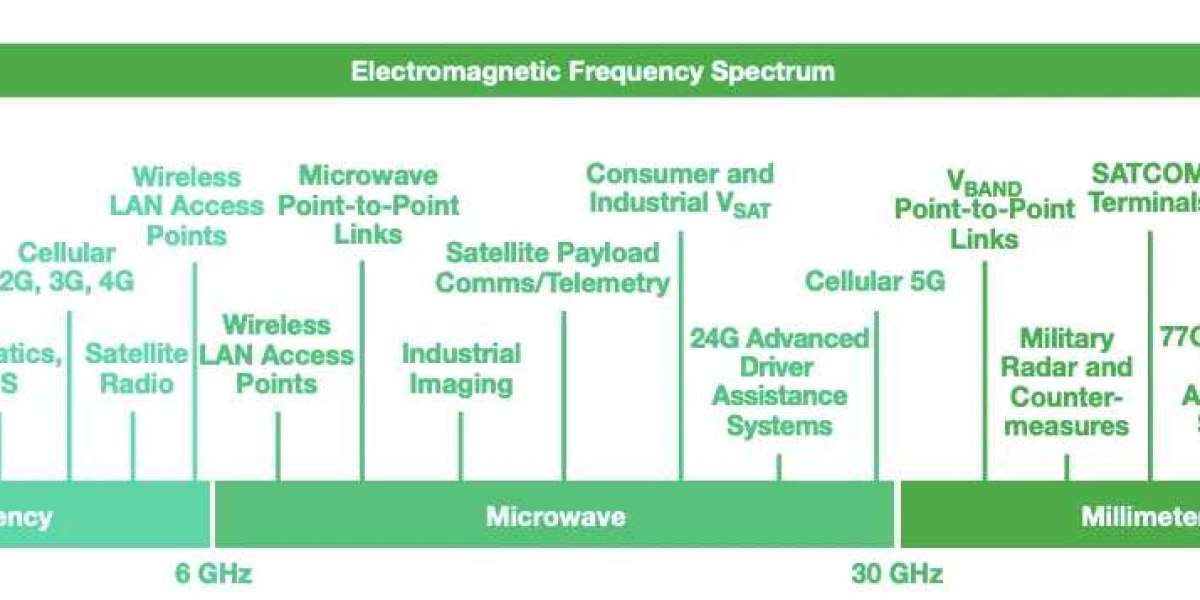Introduction
Wound care is a critical aspect of healthcare, and the wound dressing market plays a pivotal role in providing effective solutions for wound management. Wound dressings are essential in promoting healing, preventing infections, and maintaining patient comfort. In recent years, the wound dressing market has witnessed significant growth, driven by technological advancements, an aging population, and an increasing prevalence of chronic wounds. This article explores the dynamics, innovations, and trends that are shaping the wound dressing market.
Market Overview
The global wound dressing market has been steadily growing over the past decade and is expected to continue its upward trajectory in the coming years. In 2020, the market was valued at approximately $9 billion, and it is projected to reach over $13 billion by 2025, with a compound annual growth rate (CAGR) of around 7%. This growth is fueled by several factors, including the rising incidence of chronic wounds, the increasing geriatric population, and the growing awareness of advanced wound care solutions.
Key Trends and Innovations
1. Advanced Materials: Traditional wound dressings made of gauze and bandages are being replaced by advanced materials such as hydrocolloids, foams, hydrogels, and alginates. These materials offer superior moisture management, exudate absorption, and microbial protection, thereby accelerating the healing process.
2. Antimicrobial Dressings: With the rise of antibiotic-resistant infections, antimicrobial wound dressings have gained prominence. These dressings contain agents like silver, iodine, or honey, which inhibit the growth of bacteria and prevent infections in wounds.
3. Smart Wound Dressings: The integration of technology into wound care has given rise to smart wound dressings. These dressings can monitor wound conditions, detect infections, and even release medication as needed. They enable healthcare providers to remotely track a patient's healing progress.
4. Bioactive Dressings: Bioactive dressings contain growth factors or stem cells that stimulate tissue regeneration. These dressings are particularly beneficial for chronic wounds that struggle to heal.
5. 3D Printing: Customized wound dressings can now be produced using 3D printing technology. This innovation allows for precise fitting of dressings to irregularly shaped wounds, enhancing comfort and efficacy.
6. Telemedicine and Remote Monitoring: The adoption of telemedicine and remote monitoring solutions has revolutionized wound care. Patients can receive expert guidance on wound care from the comfort of their homes, reducing hospital visits and healthcare costs.
Market Drivers
1. Aging Population: As the global population continues to age, the prevalence of chronic conditions like diabetes and cardiovascular diseases increases. These conditions often lead to chronic wounds, creating a sustained demand for wound dressings.
2. Chronic Wounds: The incidence of chronic wounds, such as diabetic foot ulcers and pressure ulcers, is on the rise. Effective wound dressings are essential for managing these conditions and preventing complications.
3. Surgical Procedures: An increasing number of surgical procedures worldwide necessitate the use of wound dressings for post-operative care. This includes both traditional surgeries and minimally invasive procedures.
4. Patient Awareness: Patients are becoming more aware of advanced wound care options, leading to increased demand for effective wound dressings that promote faster healing and improved quality of life.
5. Healthcare Expenditure: Governments and healthcare organizations are investing in wound care products and technologies to reduce hospitalization costs and improve patient outcomes.
Market Challenges
Despite the promising growth, the wound dressing market faces some challenges, including:
1. Cost Concerns: Advanced wound dressings can be more expensive than traditional options, leading to cost concerns for both patients and healthcare systems.
2. Regulatory Hurdles: Stringent regulations and approval processes can delay the introduction of innovative wound dressings to the market.
3. Limited Access: In some regions, access to advanced wound care products and healthcare services remains limited, leading to disparities in wound care outcomes.
Conclusion
The wound dressing market is evolving rapidly, driven by technological advancements, changing demographics, and the increasing prevalence of chronic wounds. Innovations in materials, telemedicine, and smart technologies are revolutionizing wound care, providing patients with more effective and convenient solutions. As the market continues to grow, addressing cost concerns and improving access to advanced wound care will be crucial to ensure that all patients can benefit from these innovations and receive the best possible wound care.







